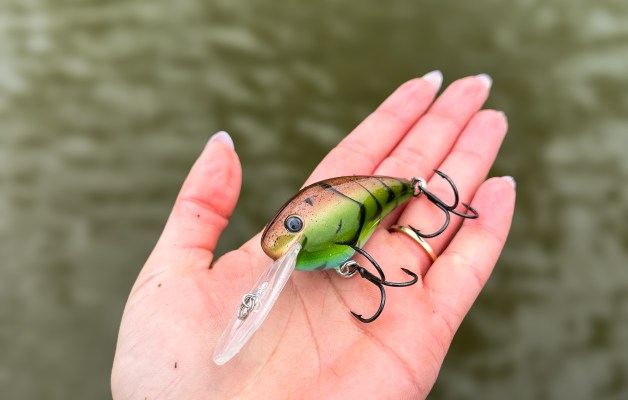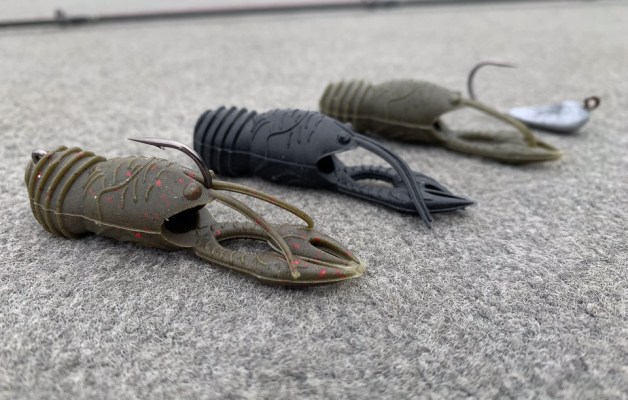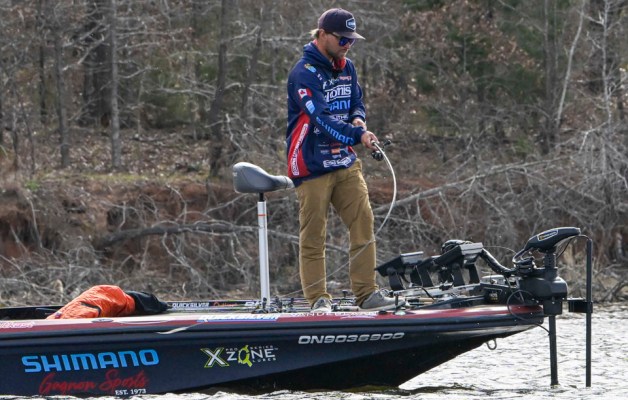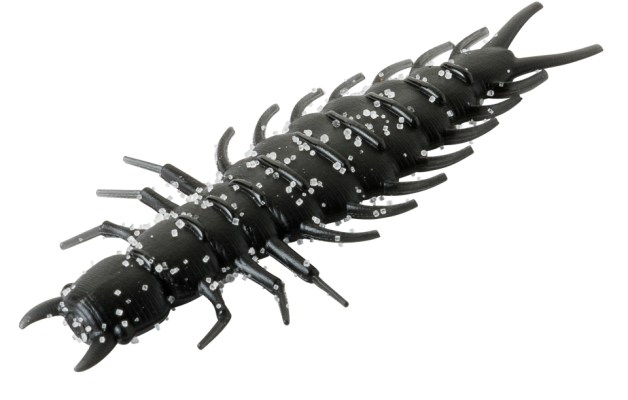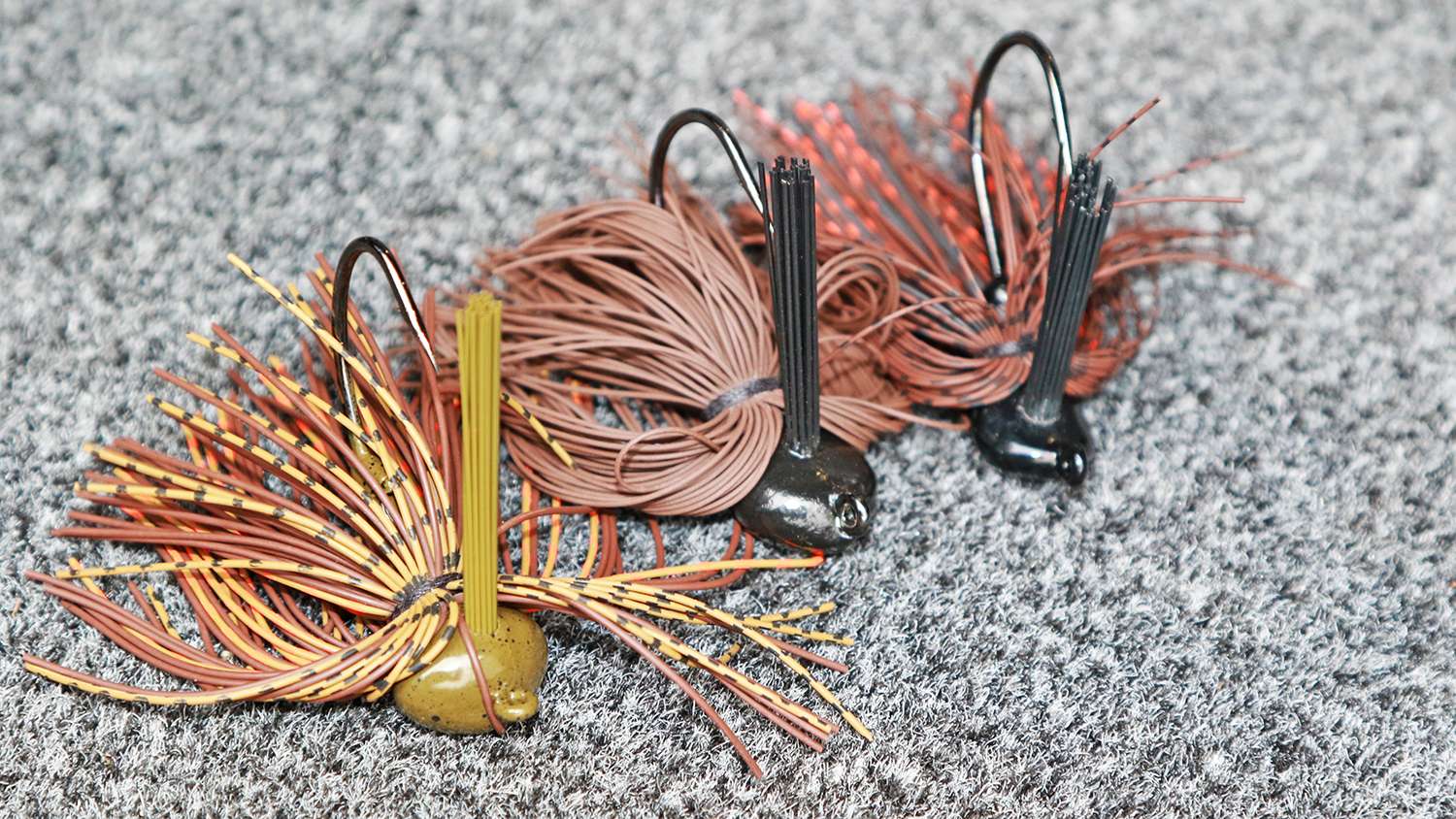
Traditional, standard, tried-and-true; Paul Mueller has no problem with mainstream techniques and off-the-rack bait options. After all, he won the 2020 Bassmaster Elite Series season-opener on the St. Johns River with a Strike King Hack Attack swim jig and a Zoom Ultra Vibe Speed Craw trailer.
However, the pro from Naugatuck, Conn., often finds himself reaching for baits that can’t be found outside of his garage. That’s because Mueller makes several of his own baits; a hobby dually spawned from necessity and critical thinking.
Using his head
As a fishing guide who’s equally comfortable standing on the front deck of his bass boat or sitting on the ice, Mueller’s year-round angling mindset leads to a lot of crossover thoughts. A little bit of this, a dose of that, maybe a subtle tweak here and there; the process has led him to strategic repurposing that he often turns to when bites are tough.
“Living up north, you learn that a lot of stuff you use for panfishing and ice fishing that will also work in extremely tough bass fishing conditions. You’re always looking to make something different; something the fish haven’t seen. I’ve actually caught more bass on my crappie baits than crappie.”
Example: Mueller modifies the Do-It Molds Round Head Steelhead jig by skipping the traditional marabou, adding a size 6 Mustad 32833 hook and creating 3/32- to 1/8-ounce micro-finesse bass baits.
Fitted with tiny plastic trailers, these small profile baits work wonders in everything from post-frontal conditions to heavily pressured waters. Such challenging conditions often demand a downsized presentation, but a big fish with a finicky attitude is still a big fish, so whatever hooks ‘em has to be able to handle ‘em.
“When you’re using a really small plastic, you have to use a small hook, but with most companies, when you go to a size 6 hook, it’s not that strong,” Mueller said. “This Mustad hook is made for 15- to 20-pound class steelhead, so, you can catch anything on this little jig, and you’re not going to have to worry about the hook failing.
“You can’t find 1/8-ounce little jigs with a size 6 hook. That’s one example of something you can cross over into something else. That’s the beauty of customizing your own stuff — you can think outside the box.”
Others include:
Blade Runner — Mueller converts a Do-It Molds Sparky Jig, traditionally a saltwater item available in 3/4-, 1- and 1 1/4-ounce sizes into a bladed jig that he can fish over deeper grass.
Working the Angles — Reassigning the Do-It Molds Poison Tail swim jig for finesse swimbait duties gives Mueller the angle he wants for efficient retrieves. The key detail, he said, is a line tie of approximately 28 degrees.
“What I’ve learned is that most swimbaits have a 90-degree or 60-degree line tie and, especially with a 90-degree, it’s just going to drag through the water,” Mueller said. “With a forward line tie, it creates a side-to-side roll.”
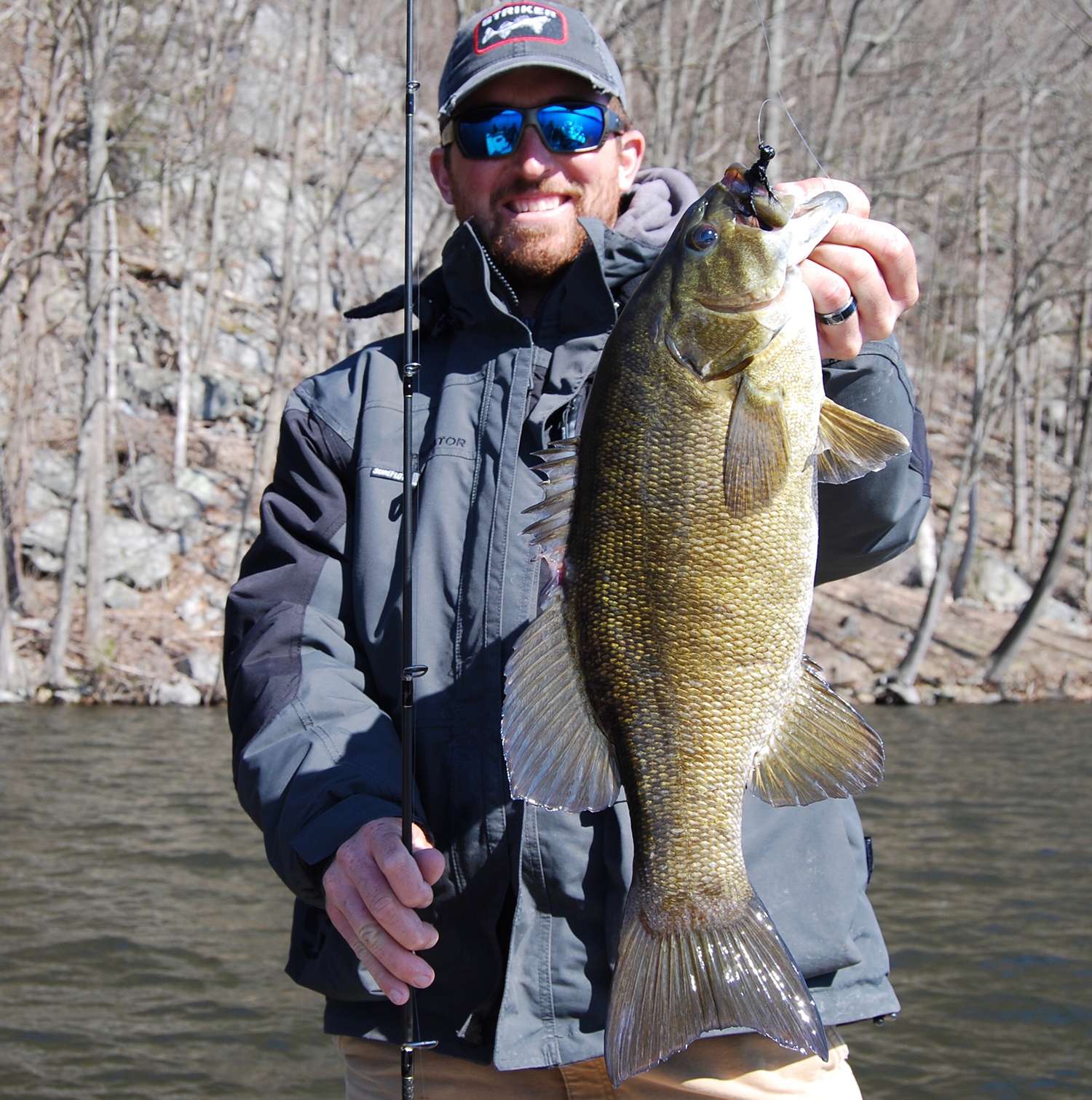
The challenge was finding a jig hook that fit his finesse swimbait needs: Flex-proof strength for good penetration on long casts with spinning gear and the right gauge to prevent overweighting his presentation. Those specs are fairly easy to fill, but they typically come with 90-degree eyes.
“I have a couple hooks that I really like for swimbaits, and I’ll take a mini torch and heat the hook’s eye bend until it gets really hot and then I’ll bend it to a 28, so it fits the mold,” he said. “I’ve been able to make the best swimbait jighead available.
“If you saw a side-by-side comparison of the same swimbait on the same size head, a 90- versus a 28-degree, it would blow your mind on the action. It’s because of that line tie and how that bait pulls through the water.”
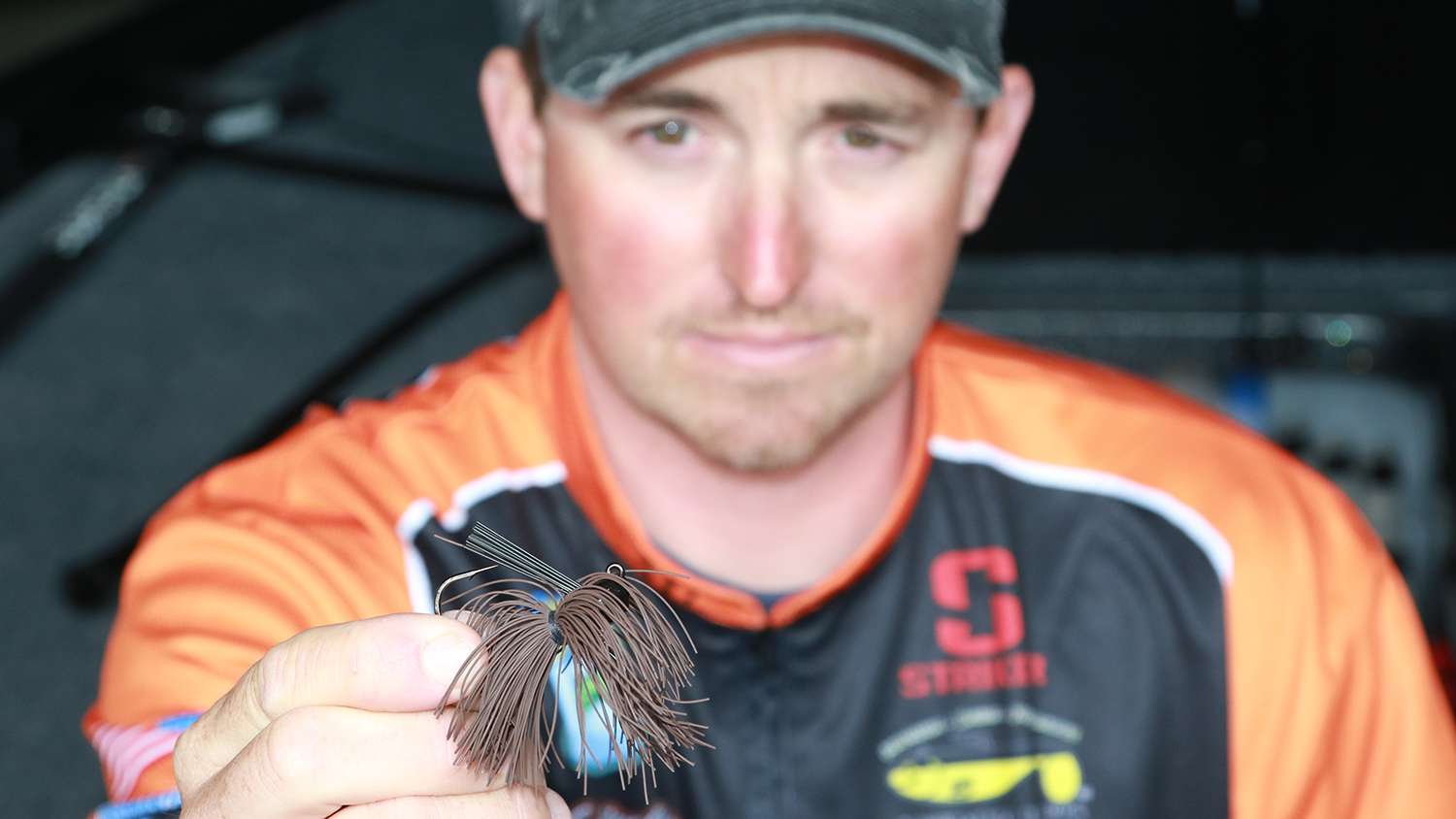
Soft plastics
Complementing his lead-head work, he has recently expanded his DIY enterprise into plastic baits — everything from tiny panfish jig trailers under 2 inches to 14-inch bass worms. Look in his tackle trays and you’ll find an array of swimbaits, grubs, tubes and more — all formed with Do-It Molds designs, but each tailored in some way to Mueller’s specs and all subject to his strategic mind.
“The good thing about Do-It-Molds is that they sell everything you need to make whatever you want, as well as the additives,” he said. “They have three different types of plastics — soft, medium and firm, depending on the type of bait you’re making.”
For his finesse baits, Mueller wants the softer material; whereas trailers for swim jigs or bladed jigs, as well as soft plastic jerkbaits and stick baits typically get the firmer stuff. One of his go-to baits is Do-It’s licensed Gary Yamamoto Senko mold. The classic version works great, but again, he likes options.
“You can make your own Senko and, if you wanted to, you can make it heavier than a Senko, you could make it lighter than a Senko; there’s a lot of different things you can do,” he said. “You can add salt, some guys add fiberglass to make the bait denser.”
Sinking Feeling — One of his recent creations was a fluke-style bait with a heavier composition. With a faster fall rate than standard flukes, his creation performs well over deep grass without an escort.
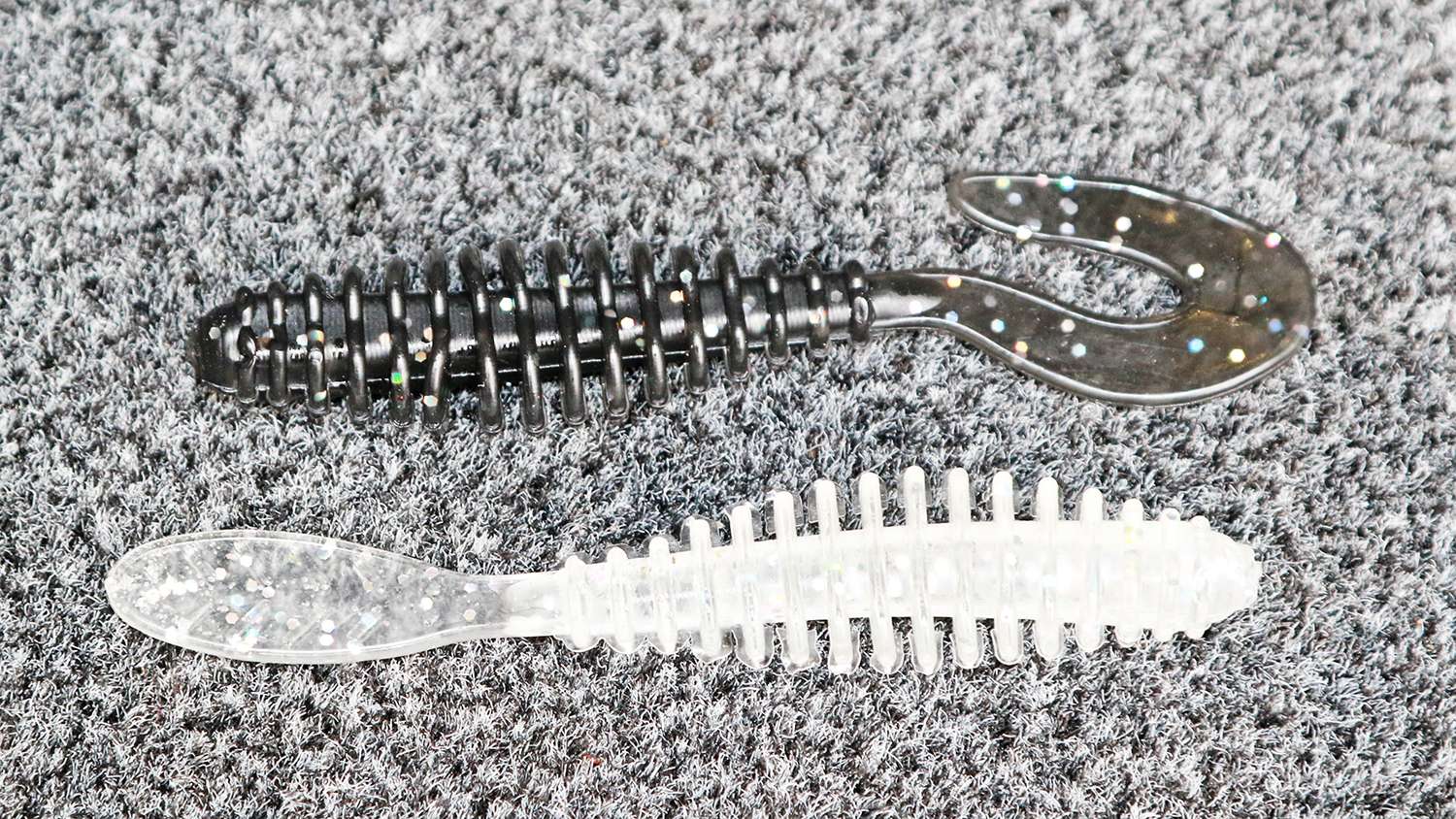
“A lot of times, if you use a weighted hook, it’s going to affect the action of the bait,” Mueller said. “If you can get the weight in the bait without having to put it on the hook somewhere, your action is going to be different.”
Bright Idea — Again drawing upon his ice fishing know-how, he enhances some of his plastics with glow powder. Noting the comparison between winter waters dimmed by snow-capped ice to the darkness of overcast days, dirty water or extreme bass depths, he’s a firm believer in the attraction of glowing baits.
“I think what glow does is create an illusion to that fish where they can’t really see that bait’s profile,” he said. “That’s the whole thing in fishing; we’re trying to use color, action, speed, whatever to fool that fish into biting. I feel that adding glow to those baits and jig heads gives pressured fish something they (seldom) see.”
He nutshells it by noting the value of having immediate access to exactly what he wants.
“You’re able to create stuff that you can’t buy, it’s good quality — it’s the right jig with the right hook or the right type of plastic,” he said. “That’s the beautiful thing about having access to all this stuff; I will literally pour stuff, test it and say ‘I like it’ or ‘this is better.’ That never stops.
“I’ll start with an idea and see if I can execute it. I’m always looking to make something better. That’s always the objective; it’s endless. You can get so creative and think outside the box. That’s really why I like making my own stuff.”


